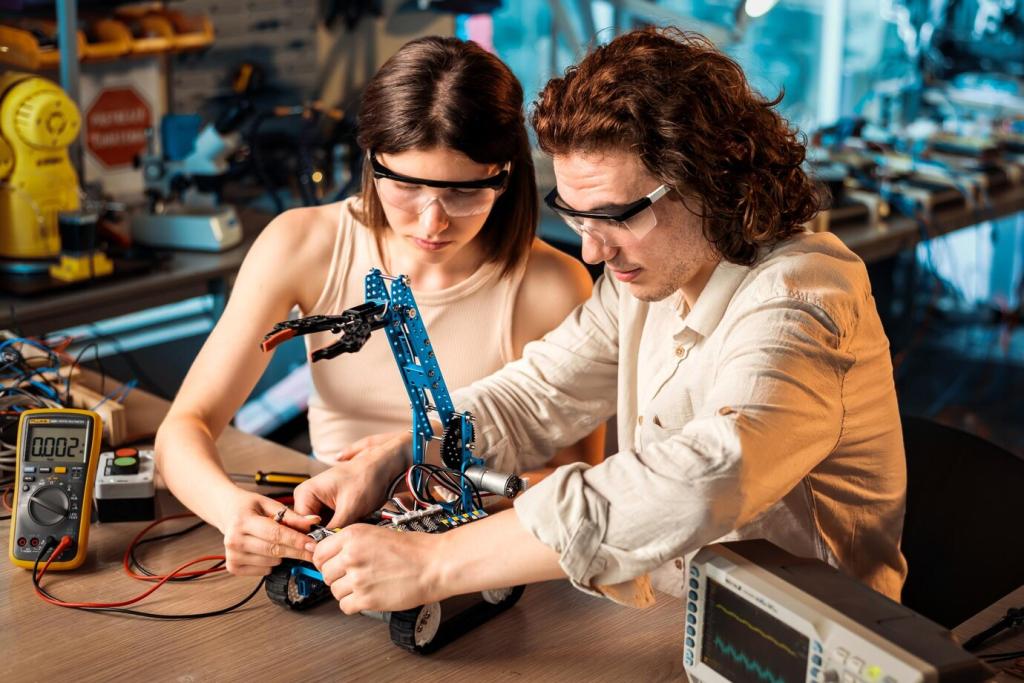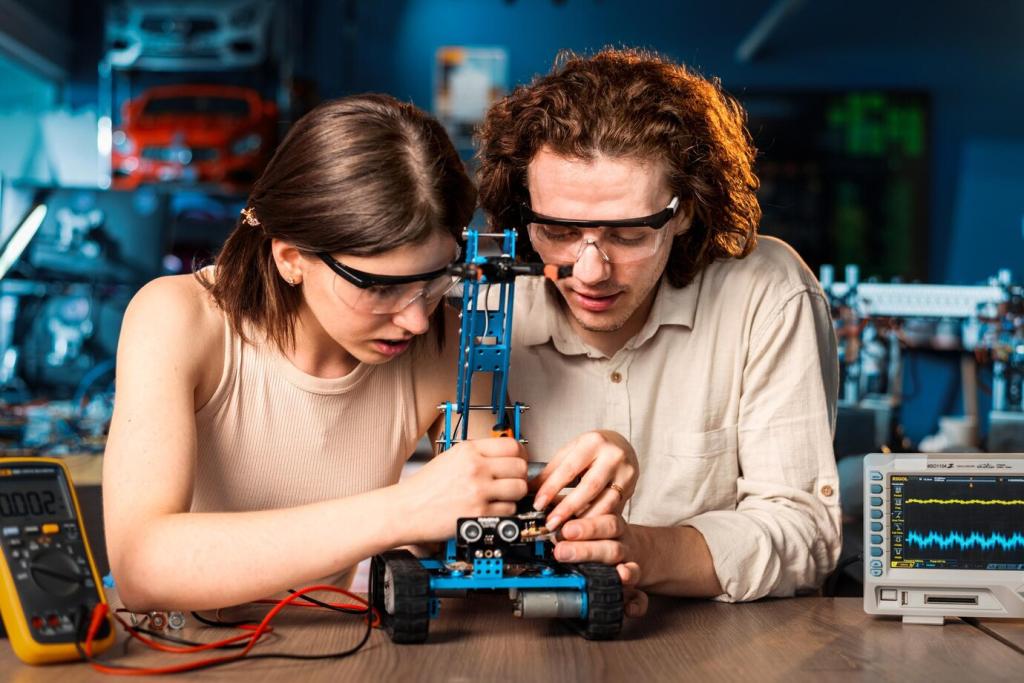Choosing Your First Educational Robot Kit
For getting started with educational robots, choose block-based coding for younger learners and text-based options for teens. Consider interests, like line-following or art-bots, so motivation stays high while skills grow at a steady, welcoming pace.
Choosing Your First Educational Robot Kit
Look for clear manuals, robust wheels, color or distance sensors, reliable motors, and easy firmware updates. Expansion ports and documented sample projects help beginners move from first movement to fun challenges without hitting confusing dead ends.








